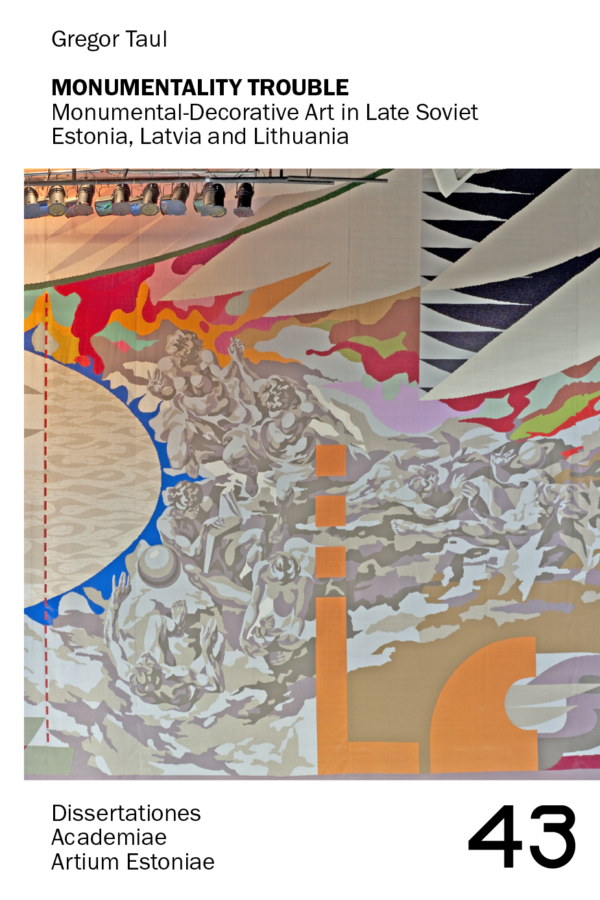
This doctoral thesis examines the theme of public space art in late-Soviet Estonia, Latvia and Lithuania. From its early days, the Soviet Union considered monumental art to be an important part both in its ideological agitation and in contributing to the modernization of society in general. The term monumental-decorative art became common during the thaw when Nikita Khrushchev decried the excesses of Stalinist neoclassical architecture and paved the way for the construction of industrially produced apartment buildings. During the mechanized construction of micro-districts, Soviet urban planners and architects developed a methodology for the synthesis of arts in new city districts: apartment buildings with a standard design created a background against which public buildings with a more unique architecture stood out. These landmark buildings were illustrated by the synthesis of arts, which appeared in the form of monumental-decorative art – using mural painting, ceramics, textiles, stained glass, and metal art.
Monumental-decorative art embodied to some extent the authoritarian position of state power, being associated with top officials who had the power to semioticize reality. On the other hand, monumental-decorative art offered artists the opportunity to distance themselves from ideological messages and focus on aesthetic and architectural details. Several artists who worked in this field were associated with the more critical practitioners of the art field, and some artists managed to convey messages directly critical of power in their monumental works. In most cases, however, it was the officials connected to the commissions who succeeded in freeing art from direct ideological demands and allowing artists to use the wide possibilities of monumental art. Thus, in the case of monumental-decorative art, it is an interesting phenomenon against which to discuss the blurred boundaries between the official policy of the late Soviets and the somewhat transgressive art culture.
In his doctoral thesis, the author discusses how monumental-decorative art contributed to the creation of the specific socialist spatial atmosphere of the period. To what extent did this aesthetic phenomenon express the ideals and realities of socialism? What visual and spatial aspirations did the artists invest in this monumental urge? The doctoral thesis concludes that the Baltic artists’ contacts with the rest of the Soviet Union were stronger than has been assumed so far. In addition to opening up the institutional background, the dissertation talks about artists’ choices and individual adaptation practices during the Soviet period. The last chapter of the paper focuses on the issue of the agency of artworks, which is related to their appreciation and preservation. Taul seeks answers to the questions which aspects have contributed to the preservation and protection of public works of art from the Soviet era, what is the meaning of this heritage and how these works contribute to the understanding of the Soviet era in the Baltic countries.
Supervisor: Dr. Anu Allas (Estonian Academy of Arts)
External reviewers: Dr. Lolita Jablonskienė (Vilnius Academy of Arts), Dr. Liisa Kaljula (Art Museum of Estonia)
Opponent: Dr. Lolita Jablonskienė
Copy editor: Michael Haagensen
Copy editor (Estonian): Leelo Laurits
Series design: Indrek Sirkel
Design and layout: Pärtel Eelmere
Dissertations Academiae Artium Estoniae 43
380 pages, in English
Estonian Academy of Arts, 2024
ISBN 978-9916-740-10-1 (print)
ISBN 978-9916-740-11-8 (pdf)
ISSN 1736-2261
